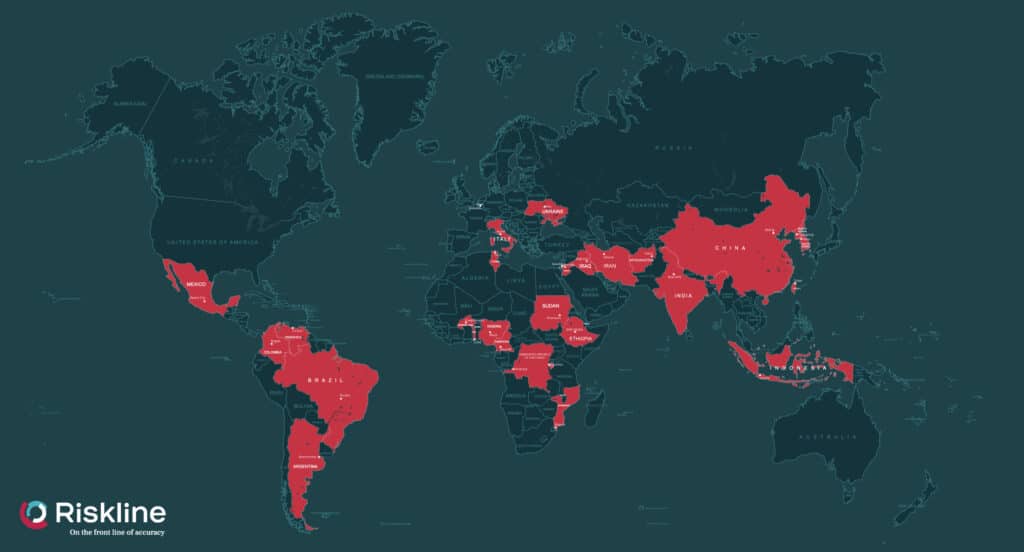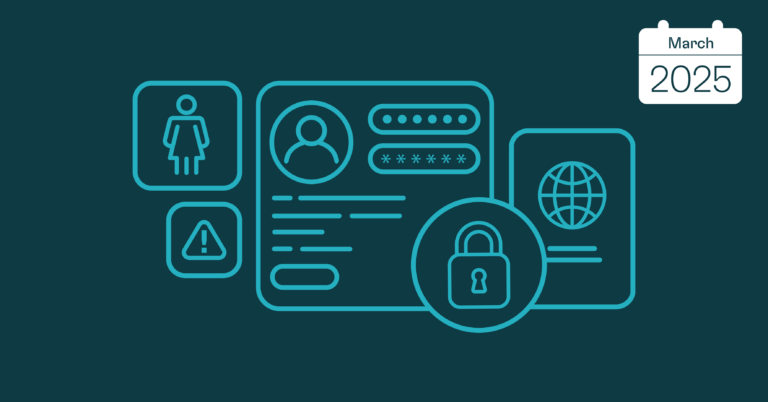Let’s explore various regions in this 2018 Global Risk Review
Asia-Pacific:
In Afghanistan, the Taliban rejected President Ashraf Ghani’s peace talks invitation in February 2018. The deal, which included political recognition of the Taliban, aimed to enlist their support against IS militancy and other terror groups. Insurgency-related attacks caused over 8,000 civilian casualties from January to October 2018. Rising defections of Afghan security personnel hindered government and foreign forces from preventing attacks. The government refused the insurgents’ demand for a full withdrawal of US forces, leading to the rejection of Ghani’s offer by the Taliban. Overall, the stalemate between Ghani and the Taliban suggests that a military resolution is unlikely.
Relations between North and South Korea improved in 2018. North Korean leader Kim Jong-un initiated reconciliation efforts as early as February. Positive gestures led to the first inter-Korean summit on April 27, the first in decades. This had a positive impact on US-North Korea relations. On June 12, Kim Jong-un and US President Donald Trump met in Singapore in an unprecedented bilateral summit. Pyongyang and Seoul continued conciliatory efforts, holding two more summits in May and September. In late November, South Korea sent a train into North Korea to mark the beginning of a joint venture to reconnect railway lines. Despite progress, North Korea insists it won’t denuclearize unless the US removes its anti-missile system from South Korea.
Outlook for 2019:
While tensions eased in the Korean Peninsula, relations between Washington and Beijing deteriorated. US President Donald Trump’s trade war resulted in multiple tariffs on Chinese products. The arrest of Huawei’s CFO Meng Wanzhou on December 1 heightened tensions, viewed as part of a larger US effort to halt China’s tech giants’ rise. Geopolitical tensions in the Asia-Pacific region remain elevated, with the South China Sea and Taiwan seen as potential flashpoints. The balance of power in the Pacific continues to tip in Beijing’s favor.
General elections in India and Indonesia are set for the first half of 2019. Growing communal tensions in India may lead to violence, especially in political hotspots. In Indonesia, presidential and parliamentary elections on April 19 increase the risk of electoral violence. Muslim religious extremist sentiments may be highlighted during the campaign. There’s a strong threat of violent unrest and clashes in the Papua region, especially during the election period, where armed secessionist activity has flared up.
Europe:
In Italy, populist and far-right movements rose after the collapse of the Democratic Party in the March 4, 2018 elections. After almost three months, the Five Star Movement and Lega formed the first populist government in Western Europe. The government’s promises of radical anti-immigration policies and expansive public expenditure put it on a collision course with the EU. Tensions with the EU heightened during arm-wrestling over the 2019 budget. Anti-EU and populist rhetoric reduced support for the EU, traditionally high in the country.
Outlook for 2019:
2019 is expected to witness uncertainty and successes of populist, nationalist, and anti-systemic forces across Europe. However, predicting the extent and ways in which the EU will change remains difficult. The crucial date of March 29, 2019, for the UK to leave the EU adds to the uncertainty. Elections for the European Parliament on May 23-26 will likely have an outsized impact on EU politics. Success for anti-EU parties is almost certain, influenced by traditionally low turnout rates. Populist and nationalist forces across the EU have varying goals, leading to potentially different agendas for the EU.
In March 2019, Ukraine will choose a new president. One main issue in the presidential campaign will be the status of Russian-occupied Crimea and breakaway republics in Donbass. In November 2018, Russia-Ukraine relations sank to a new low when Russian forces captured three Ukrainian navy vessels. Candidates will need to propose voters a path to regaining control of Russian-occupied territories. The confrontation highlighted Ukraine’s vulnerability to Russian provocation and western indifference.
Americas:
The mass exodus of Venezuelans and Central Americans dramatically increased political and social tensions in the region. Refugee camps are reluctantly being built in Colombia. Peru and Ecuador imposed visa restrictions and states of emergency along their borders. Venezuela is struggling through its worst economic crisis. Inflation reached 1.3 million percent in November 2018.
President Nicolás Maduro’s re-election and government actions are unlikely to stem the exodus. Tensions rose in the Mexico-Guatemala and Mexico-United States borders due to thousands of migrants traveling in caravans. The Northern Triangle countries employ security forces to prevent emigration under the threat of a total cut-off of US aid.
Outlook for 2019:
The refugee crisis will remain a hot issue for newly elected presidents in Mexico, Colombia, and Brazil. Mexico’s new President Andrés Manuel López Obrador seeks more flexible migratory procedures and increased aid to Central America. Relations between AMLO and Donald Trump are likely to remain warm, despite Trump’s determination to build a border wall. Political tensions will increase in El Salvador ahead of presidential elections. In Venezuela, the continuing exodus challenges the legitimacy of the government. Fiscal concerns in Brazil, Argentina, and Colombia are likely to trigger social unrest in 2019. Protests and strikes are likely amid increasing insecurity and inequality.
Middle East and North Africa:
Since the end of major combat operations against IS in Iraq in 2017, demonstrators in southern provinces, particularly Basra, staged protests demanding government action against corruption and joblessness. The protests have an anti-foreign bent, directed against the US and Iran. International travel has been disrupted due to blockades targeting airports and border crossings. As of December 2018, protests have resumed, demanding the resignation of provincial officials. In light of the region’s dilapidated infrastructure and growing public health crisis, protests are expected to continue.
Since the beginning of 2018, weekly rallies occurred along the Gaza-Israel security barrier, resulting in hundreds of casualties. Life has come to a standstill in communities on both sides of the border. The most serious escalation took place in mid-November when Hamas and other militant groups fired hundreds of rockets into Israel. Netanyahu’s de-escalation deal with Hamas has deeply divided his right-wing coalition, making early elections a possibility in 2019. Pressure is mounting in Israel to respond more forcefully, especially after deadly terror attacks against Israeli citizens in the West Bank in December 2018.
Outlook for 2019:
The potential for a regional conflict in the shared border area of Israel, Lebanon, and Syria remains high. Hezbollah and Iran have moved forces closer to the Israeli border. The IDF has struck numerous installations in southern and central Syria linked to the Iran-Hezbollah alliance. Hezbollah’s military capabilities are believed to have grown significantly. In 2019, domestic tensions in Iran, Jordan, Ethiopia, Tunisia, and Sudan have the potential to trigger major unrest and geopolitical realignments. Anti-government protests in Iran have been violent. Jordan faces an uptick in anti-government militancy and protests. Ethiopia faces an increase in inter-communal conflict. Tunisia faces regular civil unrest over unfulfilled expectations. In Sudan, critical goods shortages worsened, triggering mass exoduses and protests.
Sub-Saharan Africa:
The number of terror-linked attacks across Sub-Saharan Africa increased almost five times from 2017 to 2018, indicating sustained destabilization. Boko Haram and ISWAP insurgencies in northeast Nigeria gained intensity. Suspected jihadist groups stepped up attacks in Burkina Faso, Niger, and Mozambique. Fighting between armed groups and violence targeting civilians surged in Nigeria and Cameroon. In Cameroon, clashes between the government and Anglophone separatists intensified. The Central African Republic and the Democratic Republic of Congo battle violent infighting between armed groups and rebel factions.
Outlook for 2019:
In 2019, political and security issues in Sub-Saharan Africa will be dominated by rising instability in democracies. African democracy saw some hopeful moments in 2018, but anti-democratic trends intensified towards the end of the year. Over a dozen national elections will be held, with violent crackdowns on opposition supporters. Long-time leaders seek to extend their time in office, leading to potential political and security challenges. The most controversial elections are in the Democratic Republic of Congo, where preconditions for a democratic process are far from secured. The results, if or when the vote is held, will likely be contested and lead to further violence nationwide. Secessionist movements, particularly in Cameroon and Angola, will likely continue to be violently repressed. Sub-Saharan Africa faces an eventful year in politics, with uncertainty in how leaders handle transitions of power.

